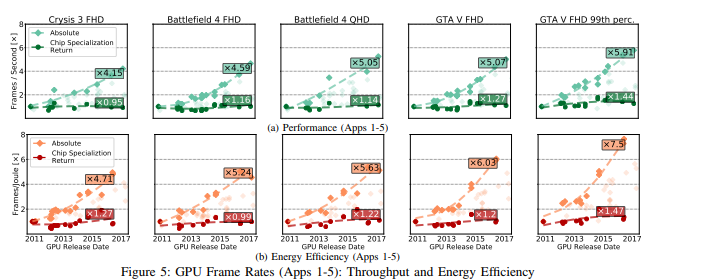If the price is the same as an RTX 2070, I don't see the point for anyone to buy it over an RTX 2070 other than those who refuse to have an Nvidia card. There's not a lot about Navi 10 architecturally that I see to incentivise buyers. So rather than aiming at gamers and giving them something unique that sets them apart and their products, they're potentially aiming at AMD fans only. I don't agree with that. I could understand with Vega and how expensive it was to manufacture, and how enthusiasts would still buy Nvidia even if the competition was equal, so why undersell themselves? But Navi should not be as costly and is seemingly an architecture built for gaming across a wide range of applications. It's attempting to be an all-encompassing gaming architecture. Why price it above what most gamers can afford?
I'd love to know what's going on at the top of the AMD management pile. If they do price match Nvidia, what is their aim? What is their long term goal? What have their marketers and analysts told them that we might not know? Some have said AMD are happy that Nvidia released such overpriced cards, because now they can price them the same and reap higher profits. It does make sense, but I don't think it'll help the PC market in the long term. I won't be buying a card that's no better than the competition a year later. Why would I? AMD wouldn't be giving me a reason to.



